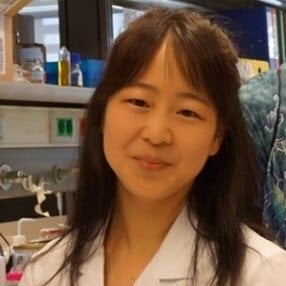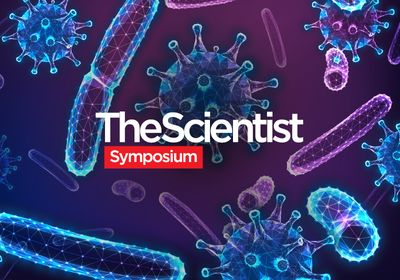
Full Professor
Prof. Lütolf Group
Intestinal organoids allow researchers to investigate organ development and patient-specific disease pathology; however, building this tissue accurately in vitro poses several challenges. Matthias Lütolf, a principal investigator at École Polytechnique Fédérale de Lausanne, is interested in engineering biological tissues to solve heterogeneity and reproducibility challenges in organoid systems. In a recently published Science paper,1 his team described how they developed a biomaterial tissue scaffold that allows intestinal stem cells to self-organize into organoids with patterned crypt-like structures. These intestinal organoids contain stem cell and villus compartments that emerge side-by-side during their development and fully recapitulate in vivo tissue.
What was the motivation behind this work?
Intestinal organoids that are classically grown in 3-D matrices are cystic, which means that they have a monolayer of epithelial cells with fluid inside. The cells interact with the matrix on the basal side, and things such as nutrients and drugs interact with the tissue inside the apical surface. Parasitic bacteria and viruses enter the intestine through the apical surface where host-microbe interactions take place. If you want to study these interactions or drug and nutrient transport, you need to access this inner apical surface. It is very hard to do this with closed organoid structures. You have to poke a hole in the tissue to inject things into the apical side. People have successfully injected viruses this way to study infection. However, that is very difficult, labor intensive, and has no throughput.
How do organoids differ from in vivo tissue?
In vitro systems typically lack key instructions during tissue formation that make in vivo tissue development and maturation extremely reproducible and robust. There are two main control systems in vivo. First, signaling molecule gradients called morphogens present precise instructions for cell type composition in tissues. The cells make different cell fate decisions depending on their distance from the source signal. These messages are missing in in vitro organoids. The second important control mechanism is physical in nature. The neighboring tissues that develop together form physical boundaries. Tissues cannot continue to grow unchecked; they must stop because a neighboring organ must also develop. This environmental influence is absent in vitro, meaning that the cells are growing and building tissues in 3-D space without any constraints.
How are the organoids you created different from traditional intestinal organoids?
We opened them up. Instead of closed cyst structures, these organoids have a surface with the right orientation and specific cell types resembling the regional intestinal topography. Moreover, they have both basal and apical surfaces that are accessible, making it easy to add parasites and chemicals.
How did you create them?
We used two main approaches. In the first one, we relied on the chemistry of the material. We grow cells in a synthetic matrix composed of a polymer network with photosensitive bonds that can be cleaved with a laser. We can change the material stiffness at precise locations, making the matrix softer, or ablate the material completely in defined regions. First, we used this material to grow intestinal epithelial tissues as circular cysts. Then, we made defined regions close to the tissue softer through photoablation with the laser, and the tissue adapted to these changes in the local mechanics. The tissue in the softer matrix regions started to bulge out and change shape. In this deformed matrix, there were invaginations, and this shape change formed the intestinal crypt-like organoids.
In the other approach, we used a hydrogel surface to make defined crypt-shaped cavities. Once we had this array of little troughs, we added a stem cell suspension, which got trapped in the invaginations. Then we added another layer of gel on top to close them, which made 3-D microcavities that confined cells and shaped how they grew. This allowed us to generate highly stereotyped patterns of defined shape that have the precise surface geometry of the real crypts in the small intestine.
We cannot predict where the crypts form in classical cultures, but in the organoids we generate, geometry dictates the appearance of specific cell types in certain areas. The shape generates spontaneous morphogen gradients and, we will use this system to understand how the intrinsic self-organization process during tissue formation occurs.
References
- N. Gjorevski et al., “Tissue geometry drives deterministic organoid patterning,” Science, 375(6576):eaaw9021, 2022.






